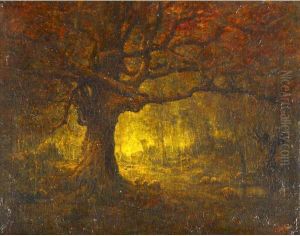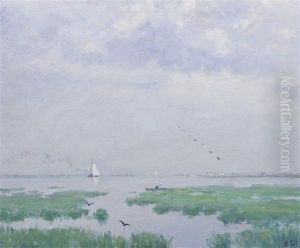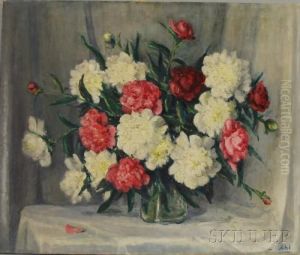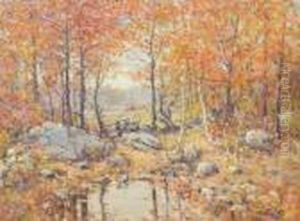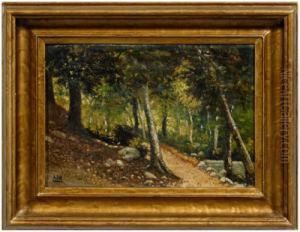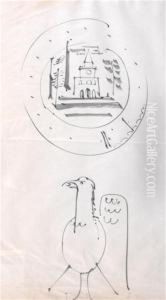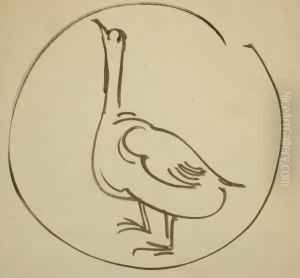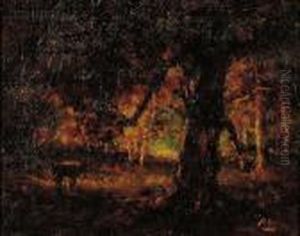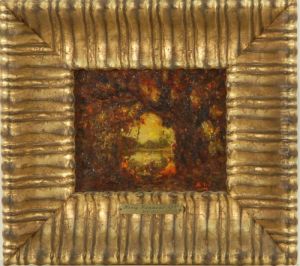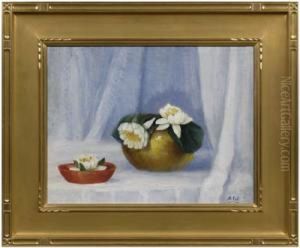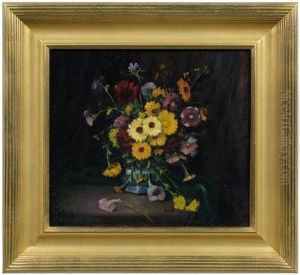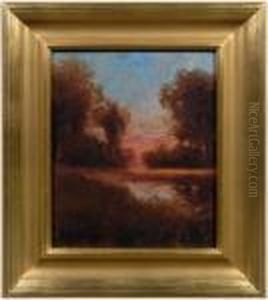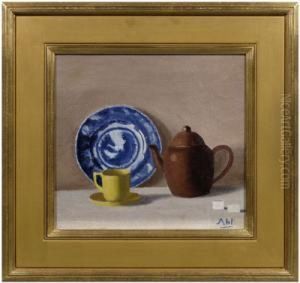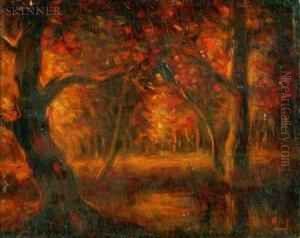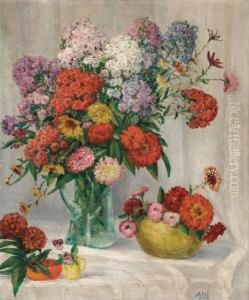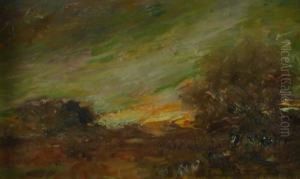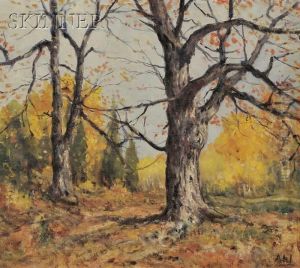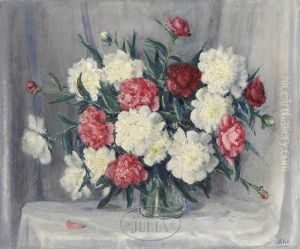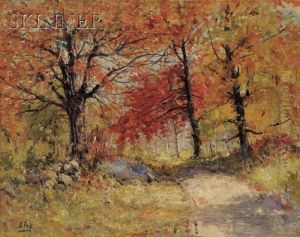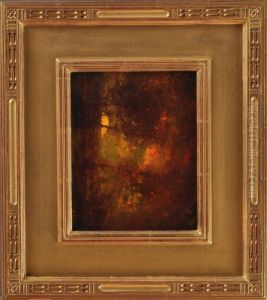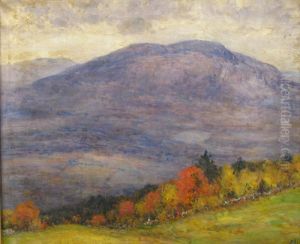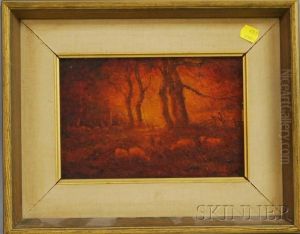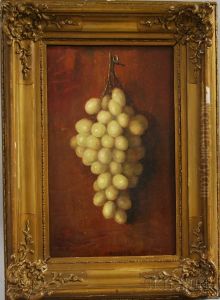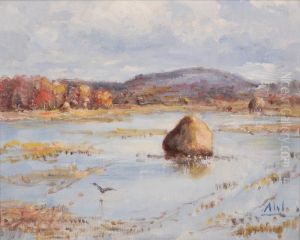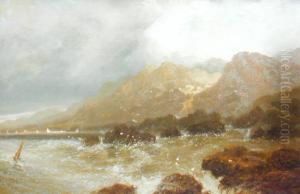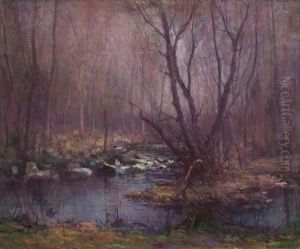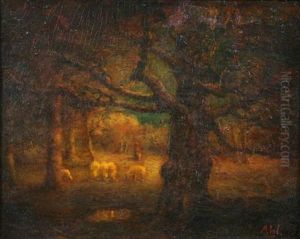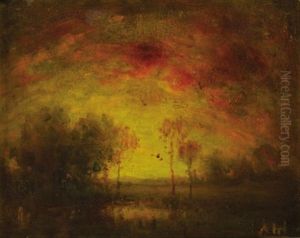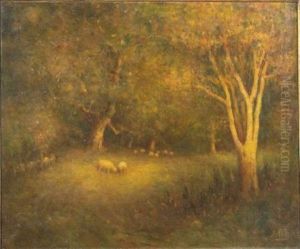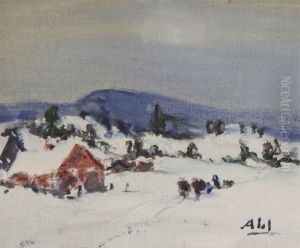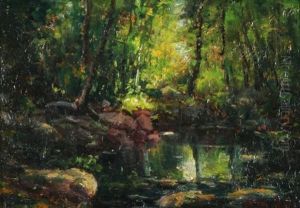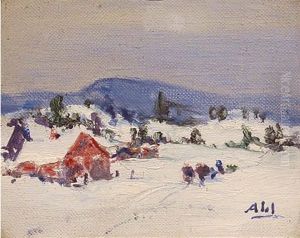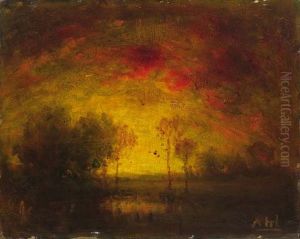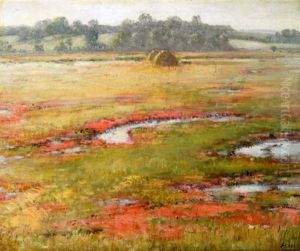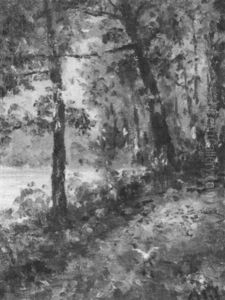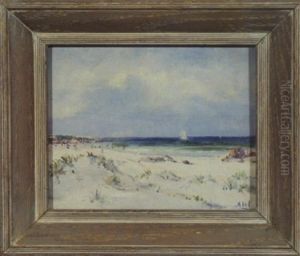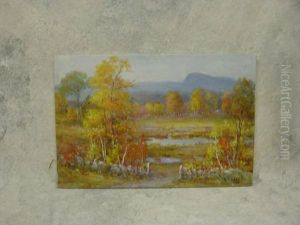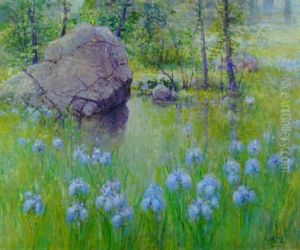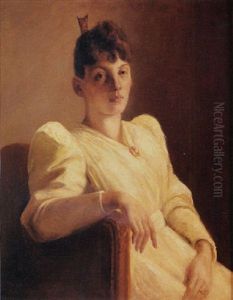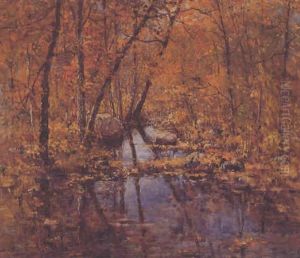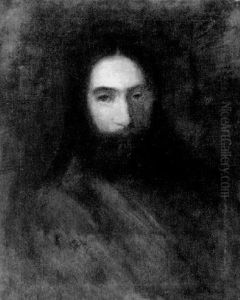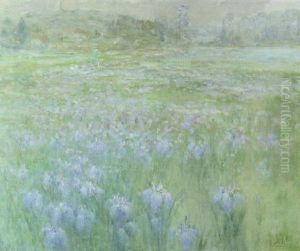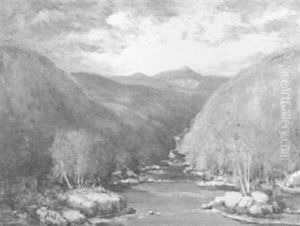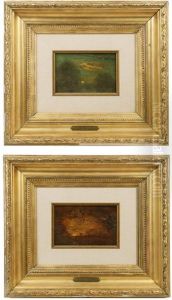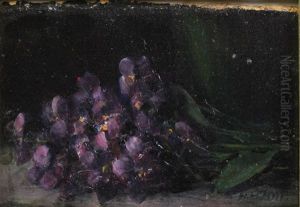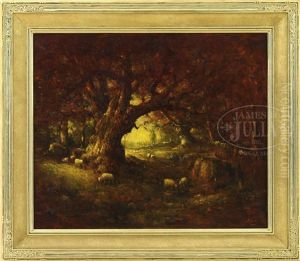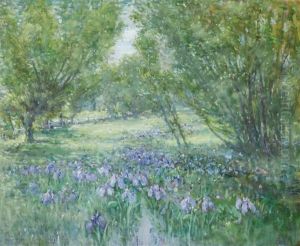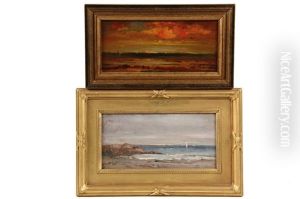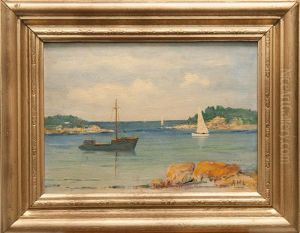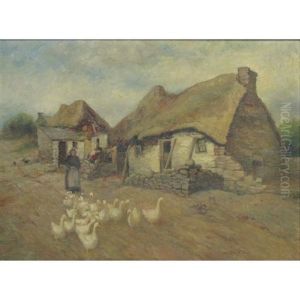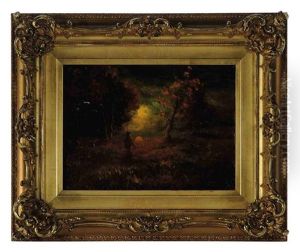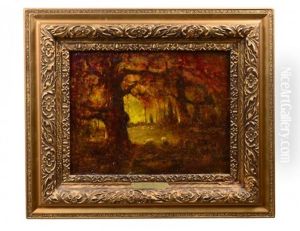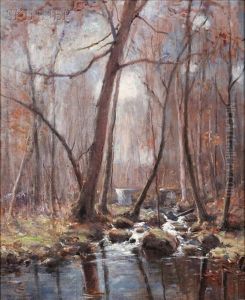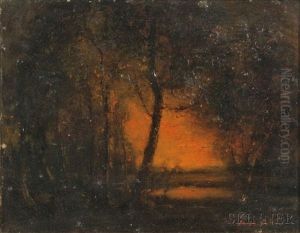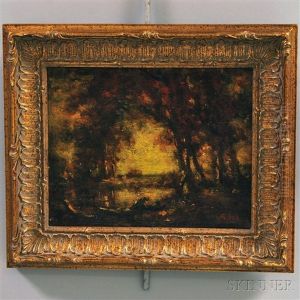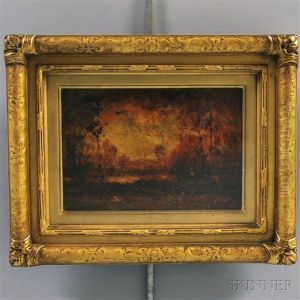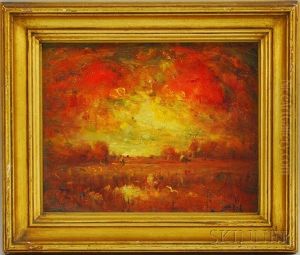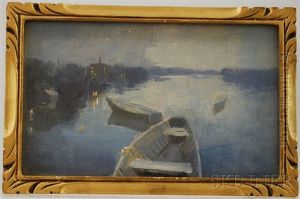Henry Hammond Ahl Paintings
Henry Hammond Ahl was an American artist known for his landscape and religious paintings. Born on January 28, 1869, in Boston, Massachusetts, Ahl demonstrated an early interest in art and pursued his passion through education at notable institutions. He studied abroad in Europe, which was a common practice among aspiring American artists of his time. His education included time at the Julian Academy in Paris where he was under the tutelage of Jean-Paul Laurens and Benjamin Constant.
Ahl’s style was influenced by the academic tradition, and he often incorporated rich colors and dramatic lighting into his works. This was reflective of the influence of the European masters he studied under, as well as the broader trends in art at the turn of the century. His landscapes often depicted the New England countryside, where he spent much of his time, but he also painted scenes from his travels, especially in Europe.
Aside from landscapes, Ahl was also known for his religious paintings, a subject matter that was in demand during his career. His approach to religious themes was often characterized by a sense of reverence and grandeur, which attracted a clientele interested in such depictions for both private and public spaces.
Throughout his career, Henry Hammond Ahl garnered respect and acclaim. He was a member of various art associations, including the Boston Art Club, and exhibited his work at many prestigious venues, such as the Paris Salon, the National Academy of Design in New York, and the Pennsylvania Academy of the Fine Arts. Despite the Great Depression and shifting trends in art away from his academic style, Ahl continued to paint and exhibit his work.
Ahl passed away on June 5, 1953, in Gloucester, Massachusetts. His legacy lives on in the numerous paintings he left behind, many of which are held in private collections and institutions. Ahl's work is a testament to the enduring appeal of traditional landscape and religious painting, and offers a window into the American art scene of the late 19th and early 20th centuries.
